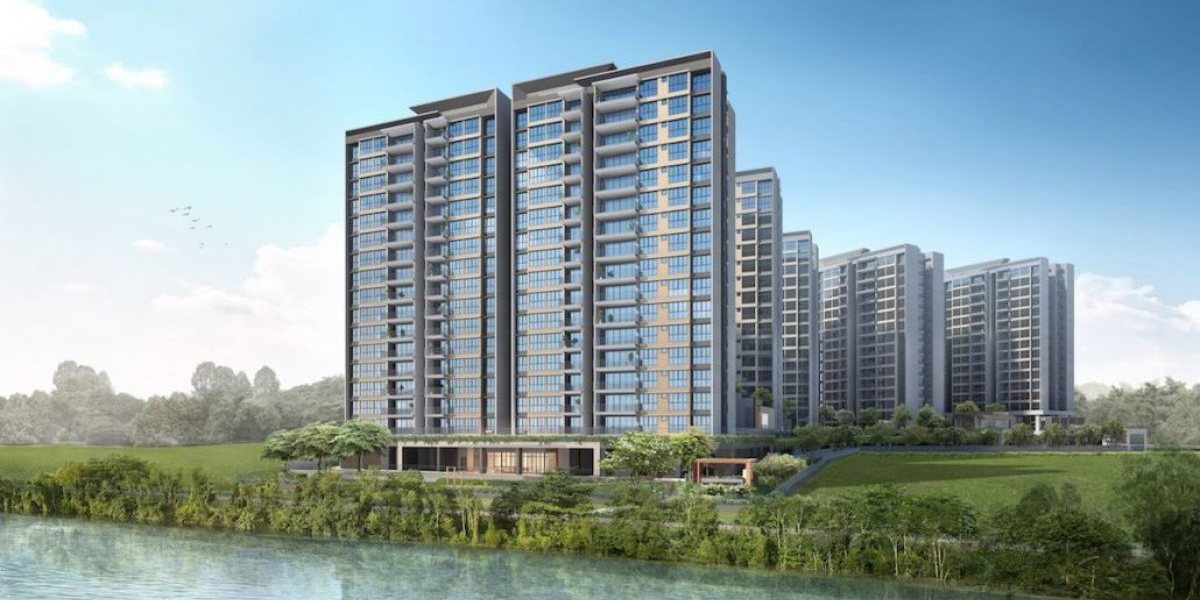More supply, rule change needed to solve executive condo crunch

THE executive condominium (EC) market is experiencing a supply crunch at a time when the sandwiched class of home buyers - which this property class caters to - could use some help.
The government minted this public-private housing hybrid in the 1990s to cater to households whose monthly incomes are too high to qualify them to buy a new Housing and Development Board flat but who find a private home purchase out of reach.
Launch prices of new private residential developments have begun escalating as a result of developers having paid higher land prices in the past 15 months, making it more challenging for the sandwiched class of households who aspire to own a brand new private property. At a time like this, ECs play a key role. The problem, however, is that EC prices are also shooting up due to a shortage of new units available for sale.
In April, Rivercove Residences in Sengkang was launched at an average price of S$965 psf - a record for an EC launch and nearly 15 per cent higher than the average selling price of the preceding EC project - Hundred Palms Residences in Yio Chu Kang, launched in July last year. Rivercove Residences will remain the sole EC launch for this year. Sales at the next EC development - along Sumang Walk in the Punggol area - can begin only in the second half of next year, with an expected average price tag of at least S$1,100 psf. This is after its developer, a City Developments-TID Residential joint venture, clinched the site at S$583 psf ppr, a record price for EC land. Amid the severe shortage of EC land, the tender for the site in February drew a whopping 17 bids - all surpassing the previous record price of S$419 psf ppr for EC land set in July 2013. The Sumang Walk site was the only EC site offered in the Government Land Sales (GLS) Programme for the whole of 2017.
As at end-March 2018, the pool of unsold units in EC projects with planning approvals had shrunk to 779 units - which is expected to be absorbed within a few months. In the first four months, developers moved 857 EC units. For the whole of last year, they sold 4,011 units. The EC market is set to remain undersupplied, and hence the upward pressure on prices will continue.
The unsold EC supply figure has been falling steadily from a high of 7,967 units at end-March 2015, when there was a glut. Developers trimmed prices to move their stock, while the authorities reduced EC land supply. For H1 2018, the government has allotted three EC sites - one on the confirmed list and two on the reserve list - totalling 1,705 EC units, exceeding the 815 units in H2 2017.
However, it will take time for this supply to make its way to the market in the form of project launches. Once an EC site has been awarded, the developer has to wait 15 months before it may launch the project under a rule introduced as part of the January 2013 cooling measures.
For now, what the authorities could do to bring EC supply more quickly into the market would be to do away with the 15-month waiting period, and inject more EC sites via the confirmed list for the upcoming H2 2018 GLS Programme. This would go some way towards resolving the supply crunch, perhaps ease price pressures - and help assuage the demand from households who may find themselves increasingly priced out of Singapore's private property market.
Source from The Business Times 7 Jun 2018